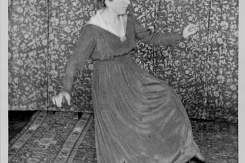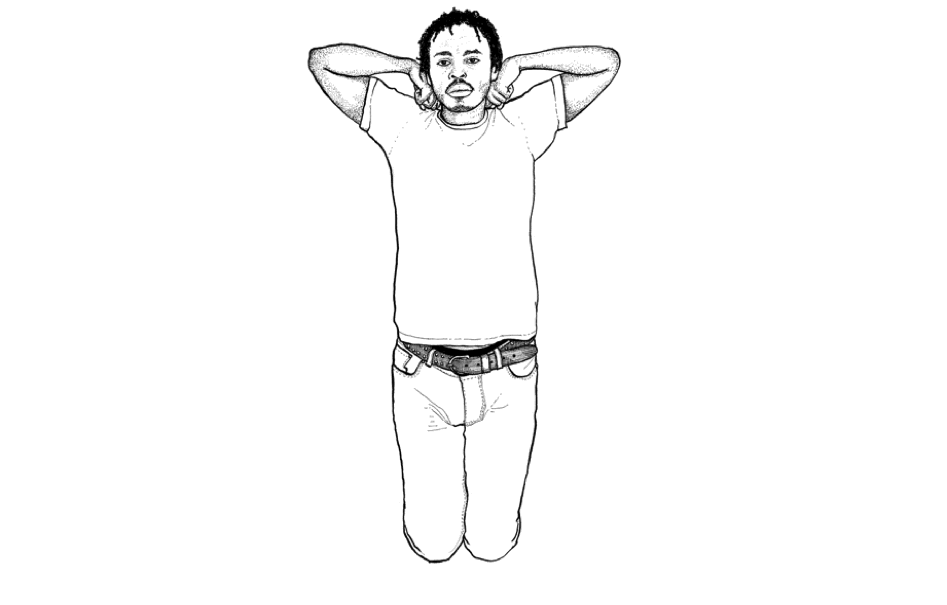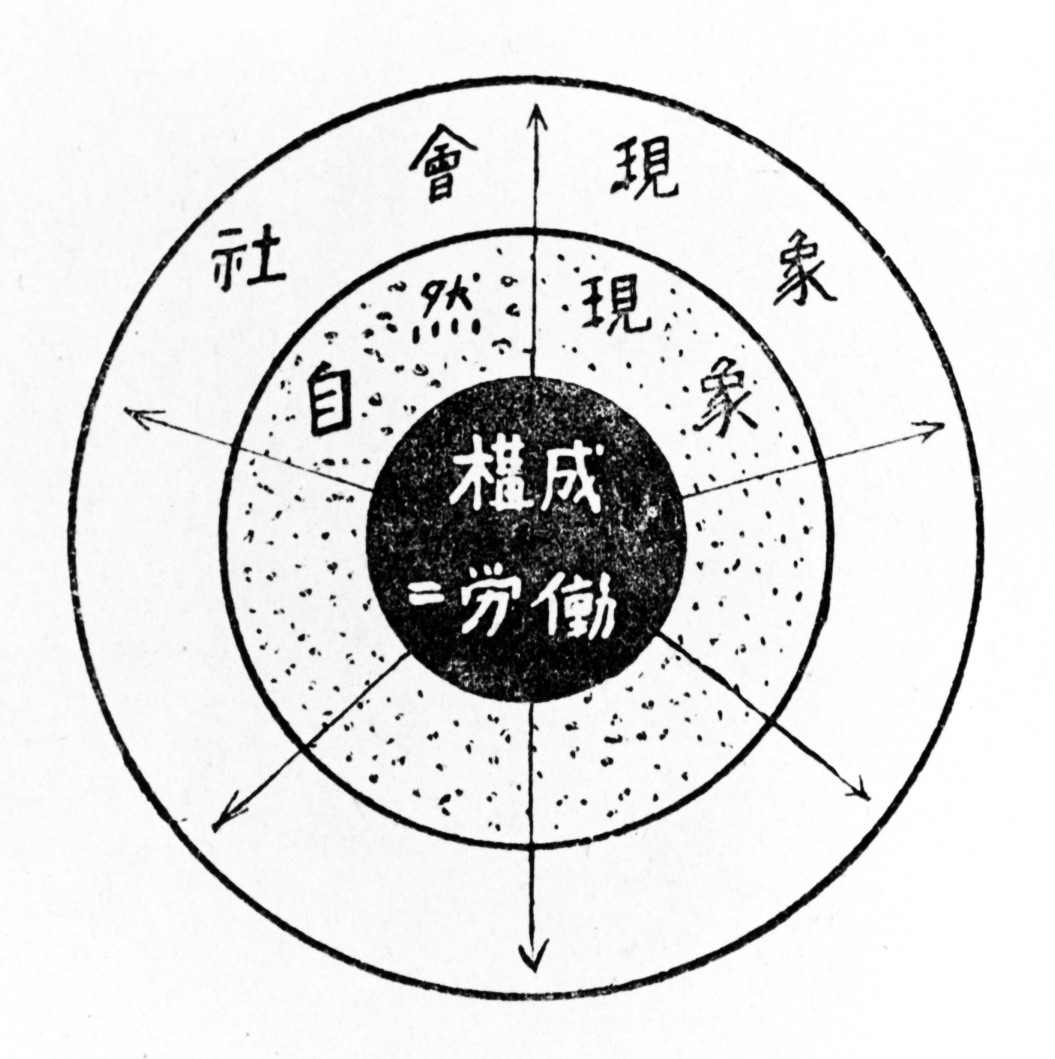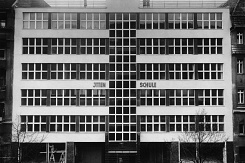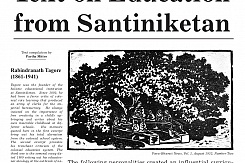ln December 1922, ‘The Fourteenth Annual Exhibition of the lndian Society of Oriental Art’ was held at Samavaya Bhavan, number seventeen Park Street. With its impressive facade, this street cuts away at an angle from Chowringhee whose grand buildings confront the park with different styles (the grandest of all being the lndian Museum), presenting a slice of colonial architecture pasted onto an irregular metropolis that sprawls out from it in all directions.
By all accounts the opening of the Fourteenth Exhibition drew a large crowd, from Calcutta’s artistic circles and from the city’s high society. The inauguration began with the governor’s speech and the protocol of lighting the lamp (in accordance with Hindu custom), a ceremony that was performed on this occasion by the dignitaries Mr. Havell and Mr. Abanindranath Tagore. Visitors to the opening included many of the city’s foremost artists, as well as literary people, students, bureaucrats, government officials, businessmen, critics and of course the poet Rabindranath Tagore, whose backstage influence must have been in part responsible for the configuration of works on display. The exhibition was divided into two discrete groupings. On the left wall were paintings by artists from the ‘Bengal school’ such as Ksitindranath Mazumdar, Asit Halder, R.N. Chakravarty and others, all members of the lndian Society of Oriental Arts. Most of these artists painted in a manner, which would have been recognisable as that school’s invention, a particularly lndian signature style, with mythology as preferred subject.
There were pictures delineating gods and goddesses, idealised scenes from village life and there were works using caricature and satire to poke fun at Calcutta’s rich. One prominent painting was of Siva meditating at the mouth of the Ganges, sitting motionless in an alcove of rocks as the river pours through his lap and down to the Gangetic plains below. Another was of a woman crossed legged in the doorway of a simple rustic dwelling, a parrot perched lightly on her palm. The artist Gaganendranath Tagore negotiated a broad spectrum of genres from Art Nouveaux, Cubism, South East Asian and specifically lndian traditions to polemical cartoons. His painting was called ‘Puppets at Play’. lt evoked an historically ambiguous but perhaps ‘medieval’ world, inhabited by elaborately styled mannequins positioned before some ornamental city ramparts. And everywhere there was the play of numerous cultural traditions, evident in the manipulation of style and content (a synthesis between the self-consciously ‘oriental’ and the ‘occidental’) with the paintings arranged as a decorative yet decidedly political statement.
Hung on the other side of the hall was a large selection of works from the Bauhaus. These works were not entirely a novelty in Calcutta, as several visitors to the exhibition would have seen similar things in reproduction―brought back to lndia by Tagore and kept in his library at Santiniketan. However such a comprehensive range of material, experienced first hand, must have made a strong impression on those present and provoked some interesting reactions. On loan from the Weimar was an extensive display of watercolours, drawings, woodcuts and other graphic works from several leading Bauhaus members, including Klee, ltten, Feininger, Macke and Kandinsky (as well as a selection of projects produced by their students)—representing the largest and most comprehensive exhibition of that school seen anywhere outside of Europe.
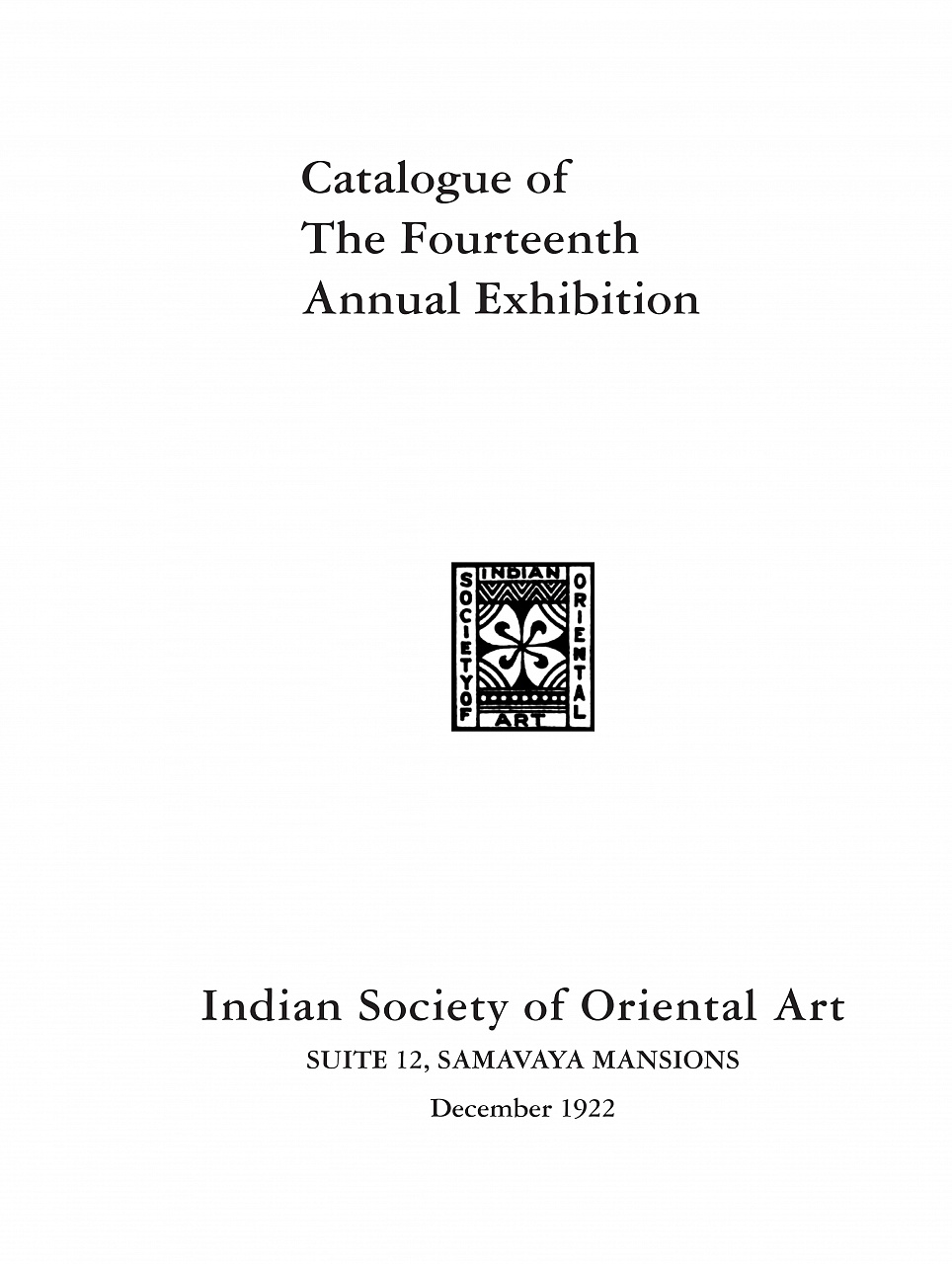



.jpg?w=96)






